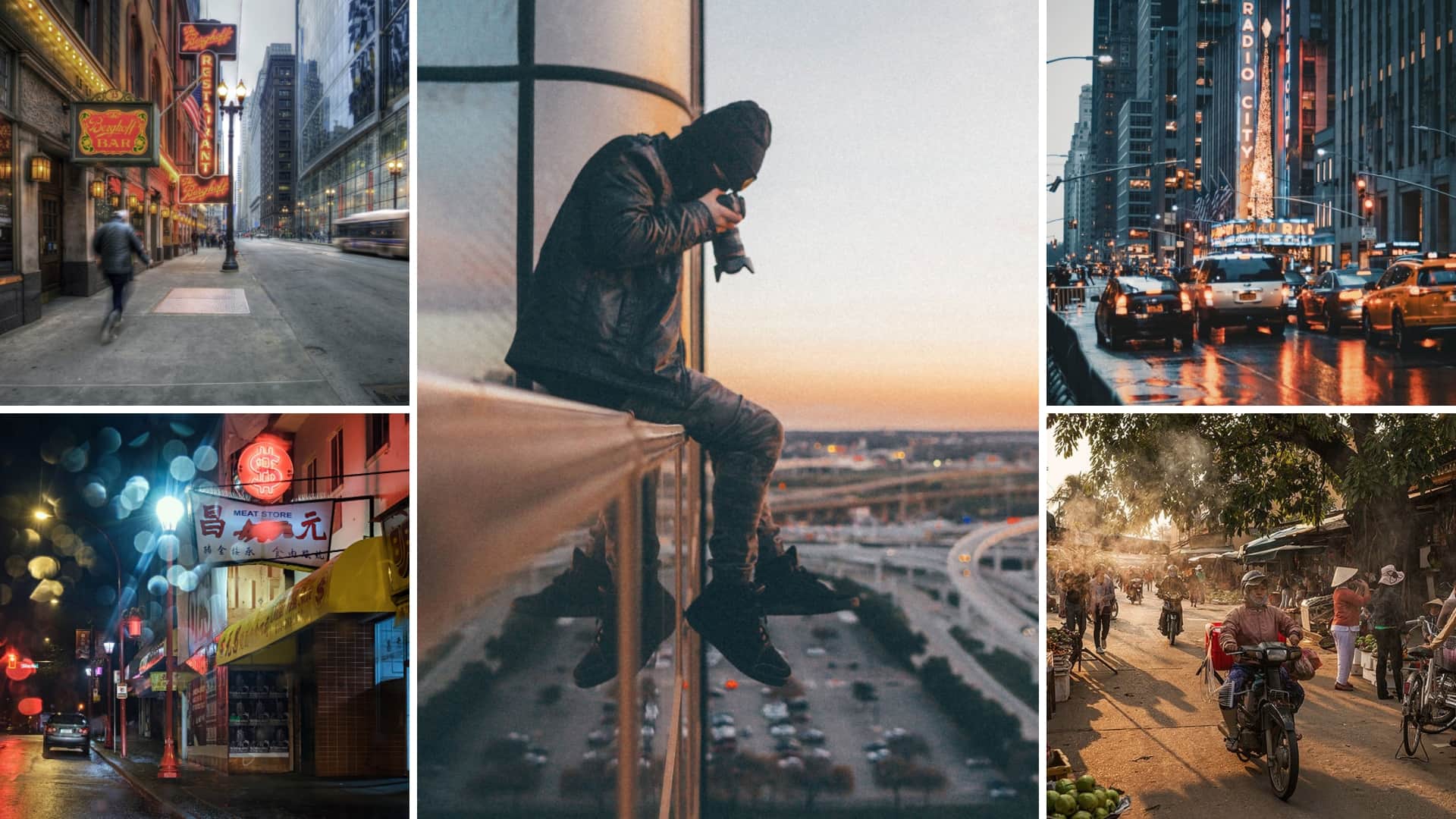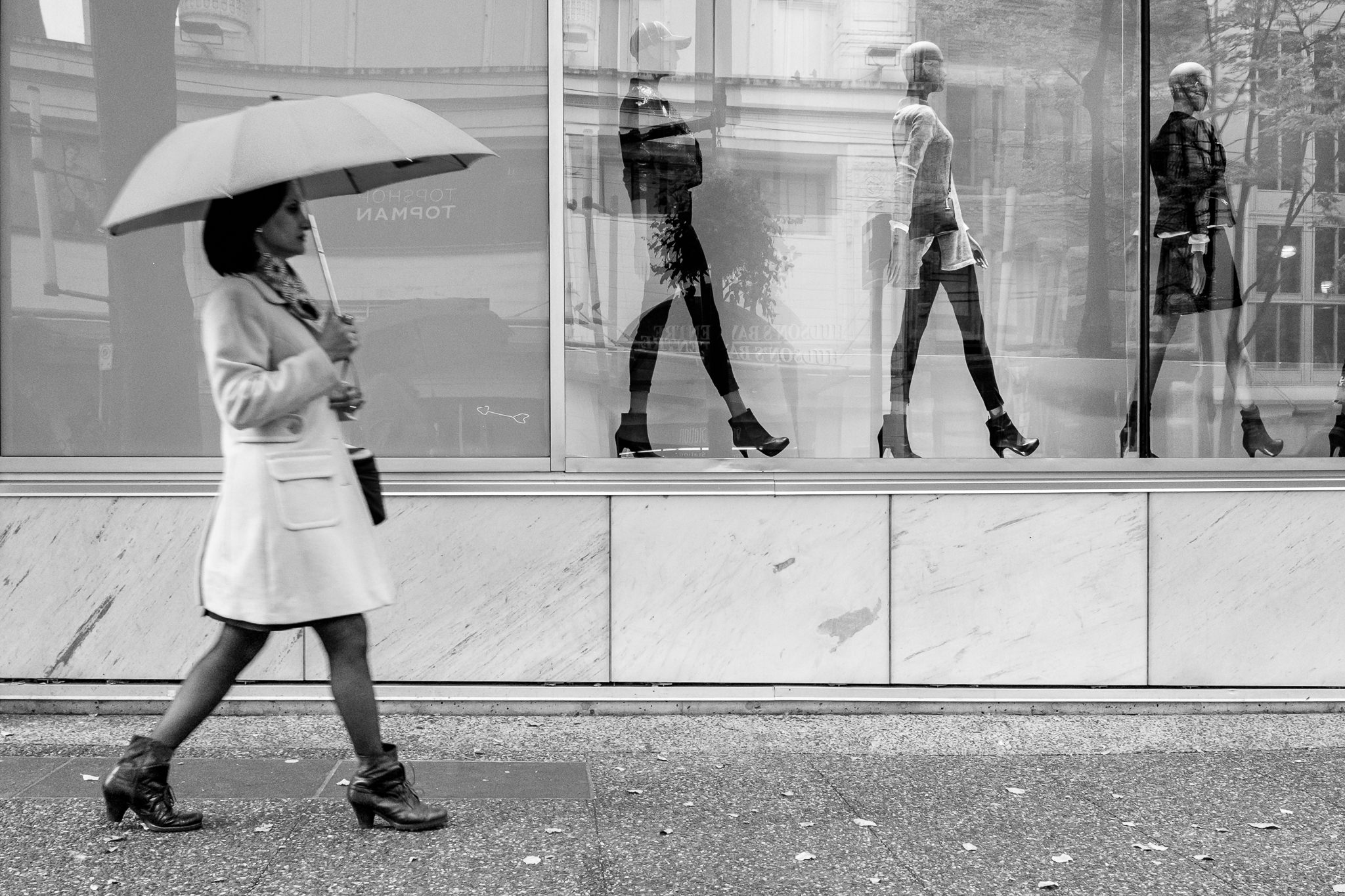Some Known Facts About Framing Streets.
Some Known Facts About Framing Streets.
Blog Article
8 Simple Techniques For Framing Streets
Table of ContentsSome Known Details About Framing Streets Facts About Framing Streets UncoveredFacts About Framing Streets UncoveredNot known Factual Statements About Framing Streets Framing Streets Things To Know Before You Get ThisAbout Framing Streets
Photography genre "Crufts Dog Program 1968" by Tony Ray-Jones Road digital photography (likewise often called candid photography) is digital photography carried out for art or inquiry that features unmediated opportunity experiences and random occurrences within public areas, typically with the objective of catching photos at a crucial or touching moment by mindful framework and timing. 
, who was inspired to carry out a similar documentation of New York City. As the city developed, Atget helped to promote Parisian streets as a worthwhile topic for digital photography.

The 2-Minute Rule for Framing Streets
Martin is the initial taped photographer to do so in London with a disguised electronic camera. Mass-Observation was a social study organisation established in 1937 which aimed to videotape everyday life in Britain and to videotape the responses of the 'man-in-the-street' to King Edward VIII's abdication in 1936 to wed separation Wallis Simpson, and the sequence of George VI. The principal Mass-Observationists were anthropologist Tom Harrisson in Bolton and poet Charles Madge in London, and their very first report was created as guide "May the Twelfth: Mass-Observation Day-Surveys 1937 by over 2 hundred viewers" [] Home window cleaner at Kottbusser Tor, Berlin, by Elsa Thiemann c. 1946 The post-war French Humanist College professional photographers located their topics on the street or in the bistro. In between 1946 and 1957 Le Groupe des XV every year showed job of this kind. Andre Kertesz. Circus, Budapest, 19 May 1920 Street digital photography created the significant material of 2 exhibits at the Gallery of Modern Art (Mo, MA) in New york city curated by Edward Steichen, Five French Professional Photographers: Brassai; Cartier-Bresson, Doisneau, Ronis, Izis in 1951 to 1952, and Post-war European Digital Photography in 1953, which exported the principle of road digital photography internationally.

The Main Principles Of Framing Streets
The recording equipment was 'a surprise cam', a 35 mm Contax hidden below his layer, that was 'strapped to the upper body and connected to a long cord strung down the ideal sleeve'. Nonetheless, his work had little contemporary influence as because of Evans' level of sensitivities regarding the creativity of his job and the privacy of his subjects, it was not released up until 1966, in the publication Many Are Called, with an intro composed by James Agee in 1940.
Helen Levitt, then an Click This Link instructor of young kids, related to Evans in 193839. She documented the transitory chalk illustrations - Street photography that were component of kids's road society in New York at the time, as well as the children that made them. In July 1939, Mo, MA's brand-new digital photography area included Levitt's work in its inaugural exhibitRobert Frank's 1958 publication,, was significant; raw and typically out of emphasis, Frank's photos questioned mainstream photography of the moment, "challenged all the formal regulations laid down by Henri Cartier-Bresson and Pedestrian Evans" and "flew in the face of the wholesome pictorialism and wholehearted photojournalism of American magazines like LIFE and Time".
Report this page